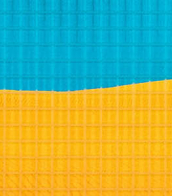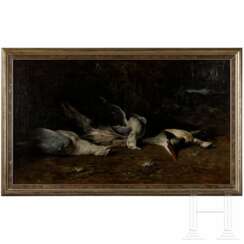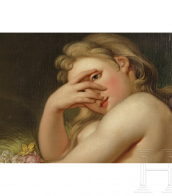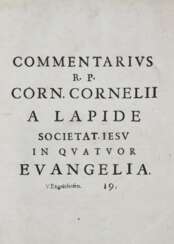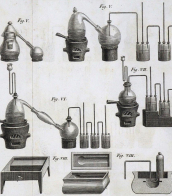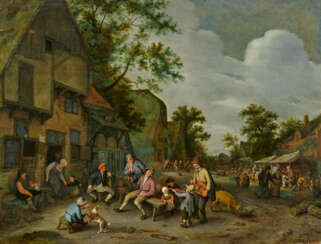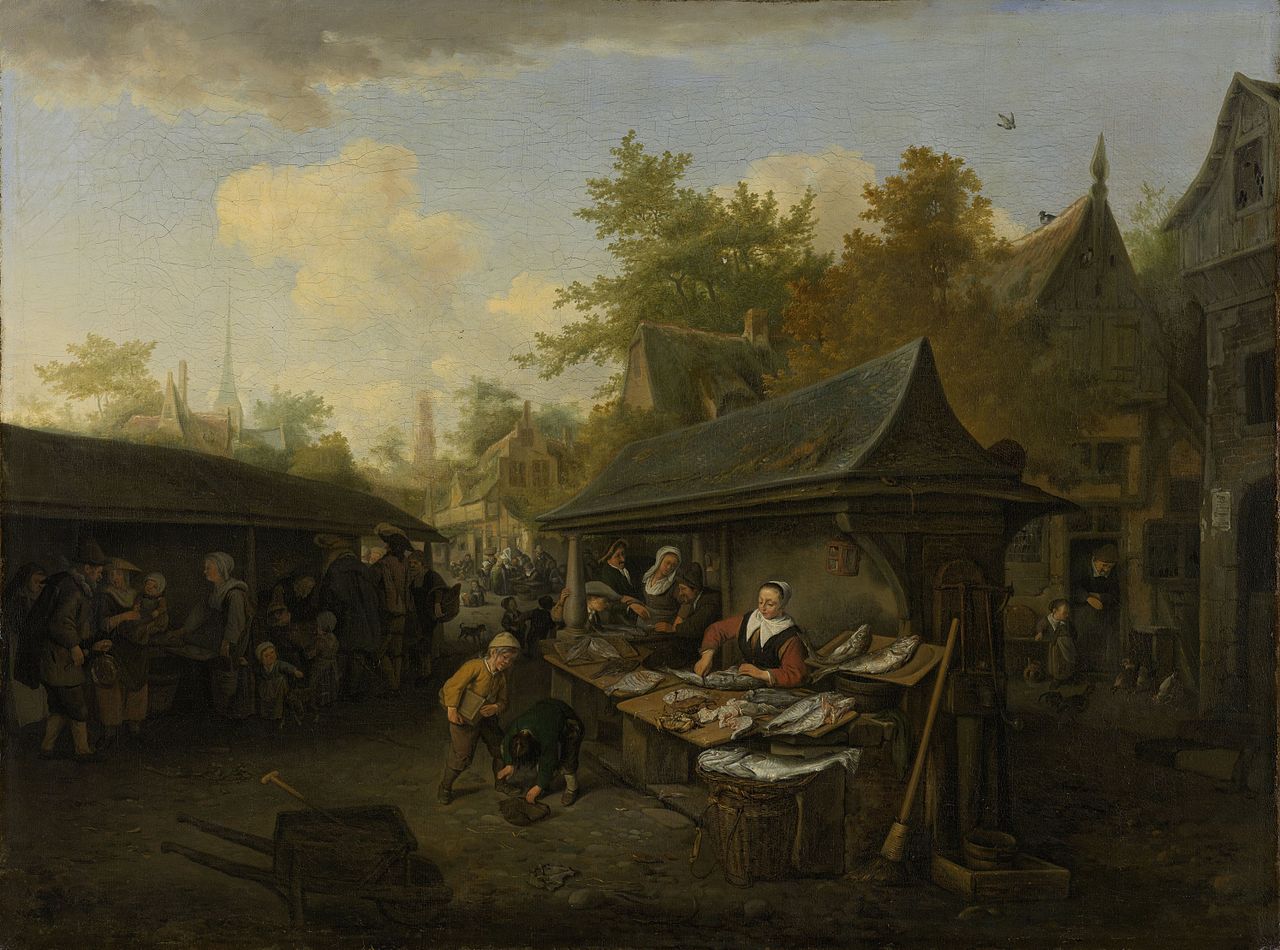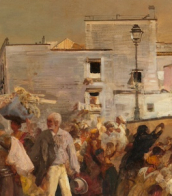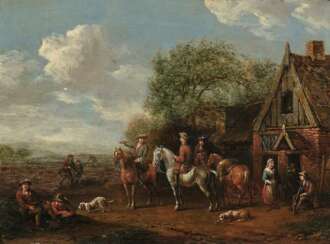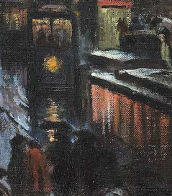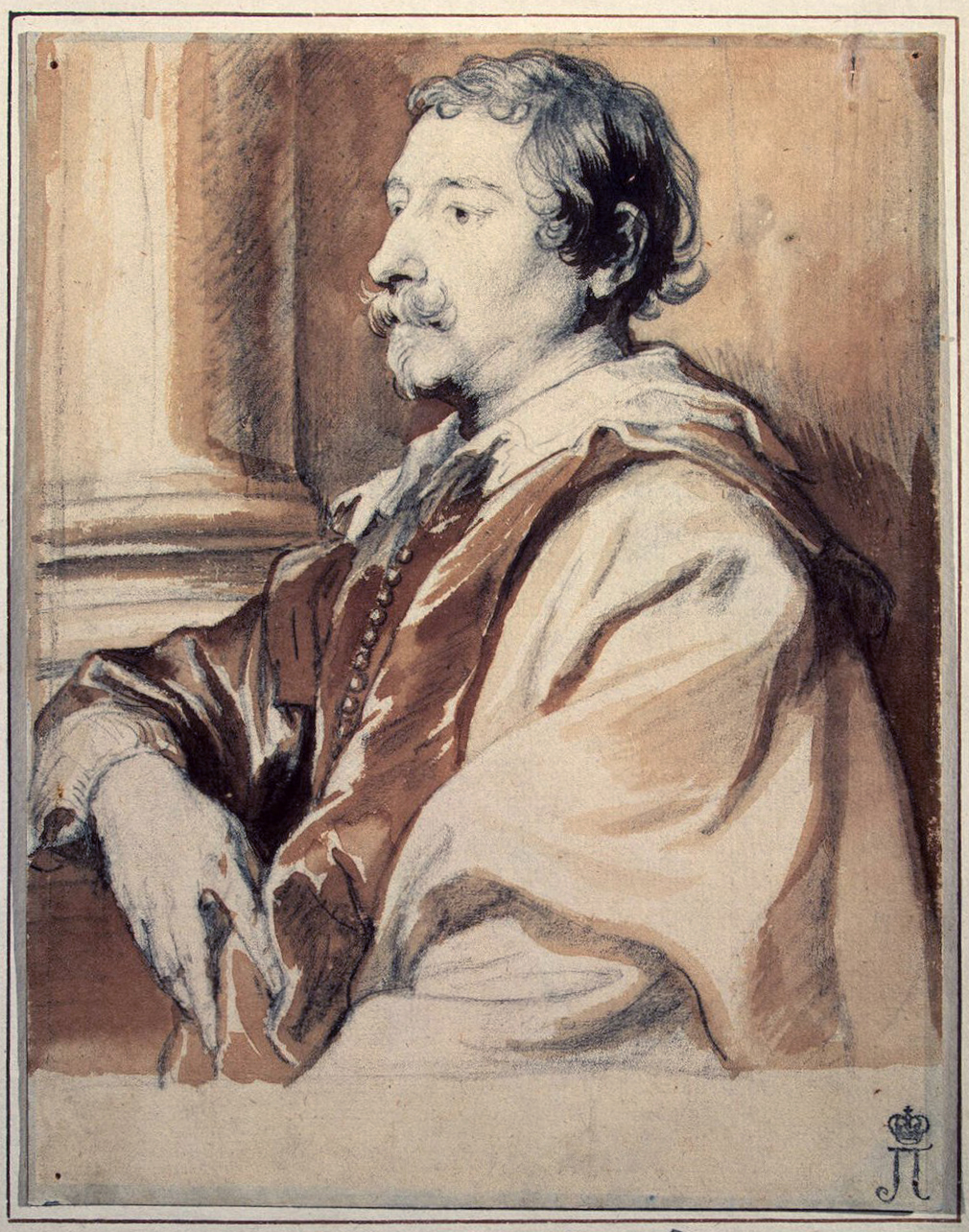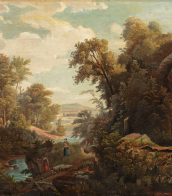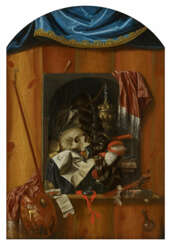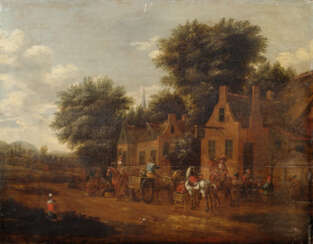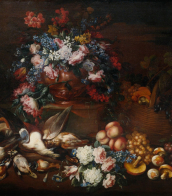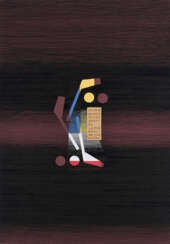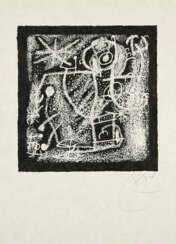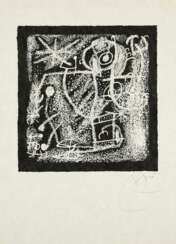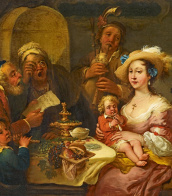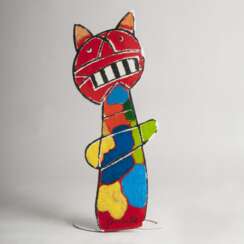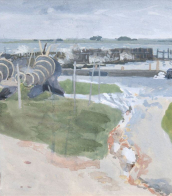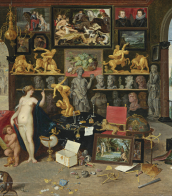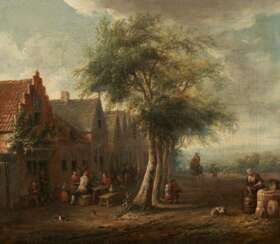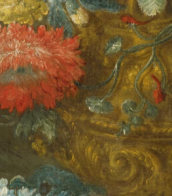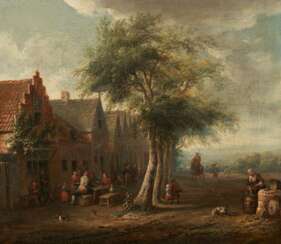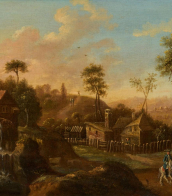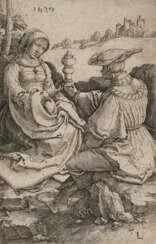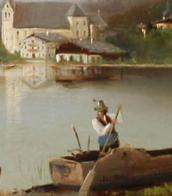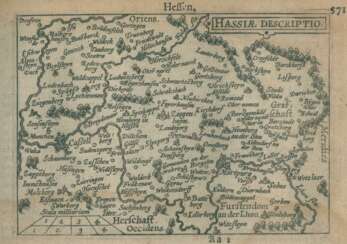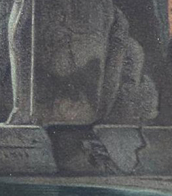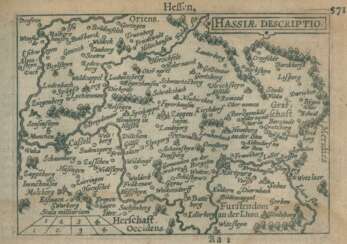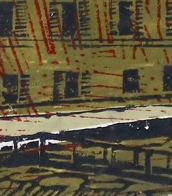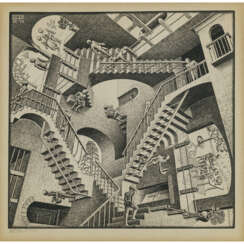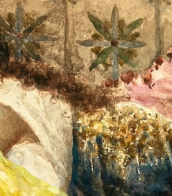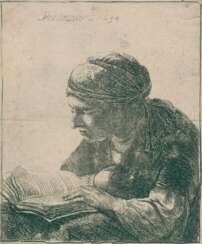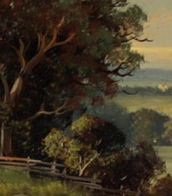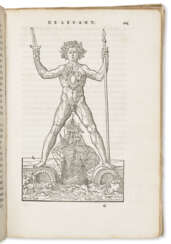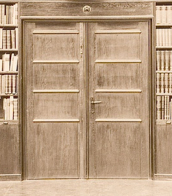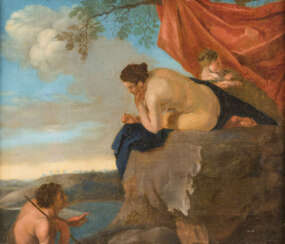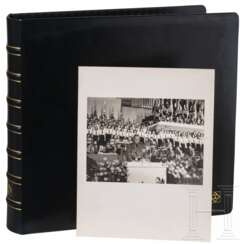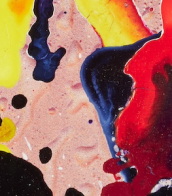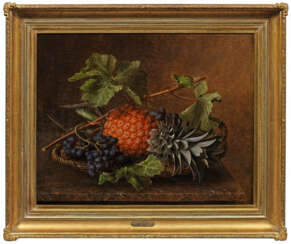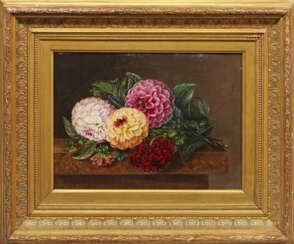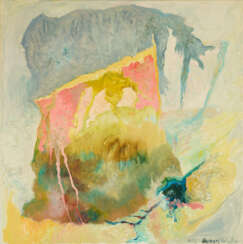cornelis van essen
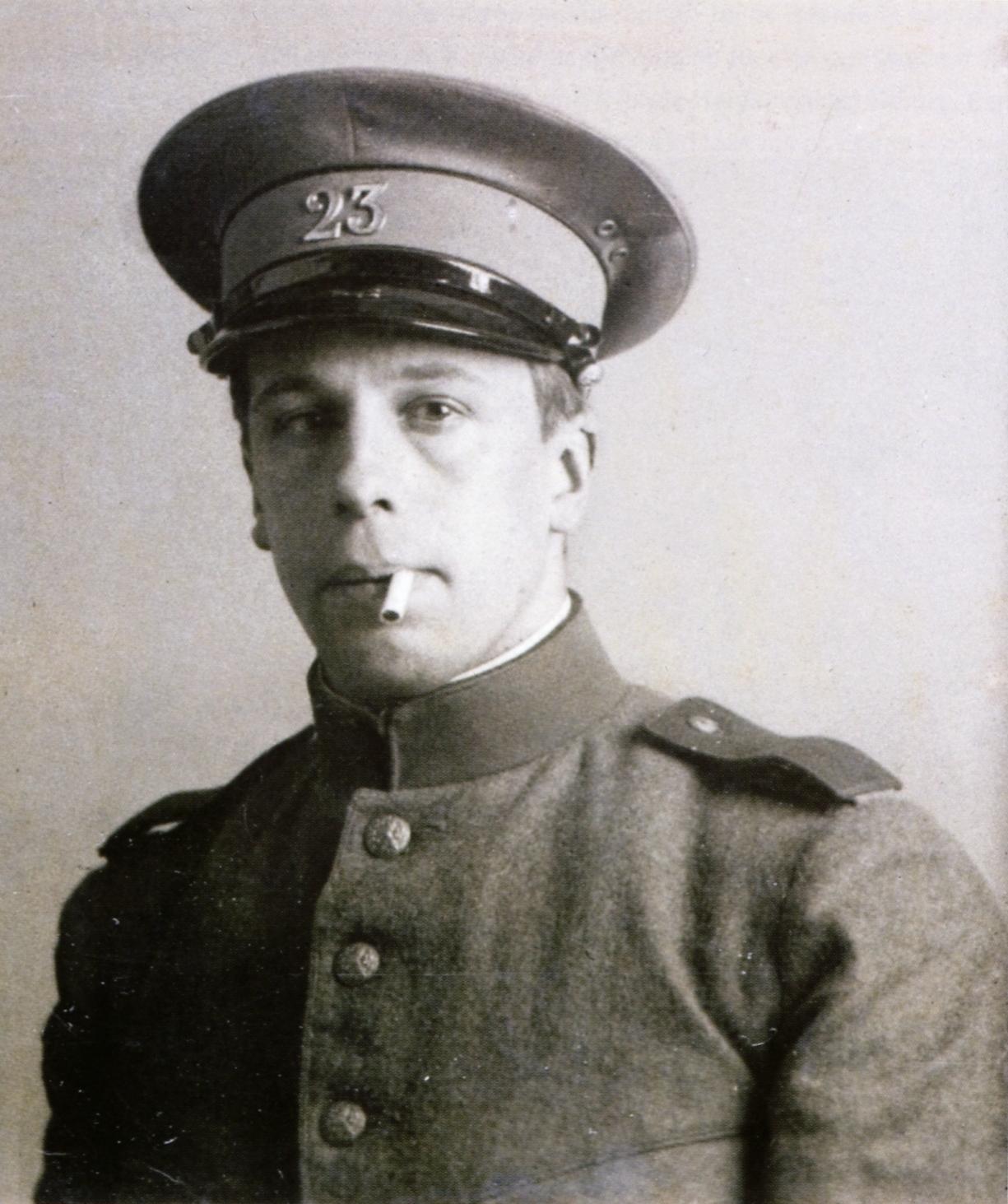
Theo van Doesburg, real name Christian Emil Marie Küpper, is a Dutch painter, architect and sculptor, art theorist, co-founder of the Style Group and of Neoplasticism.
Theo van Doesburg co-founded with Piet Mondrian the De Stijl abstract art movement. The basis of van Doesburg's views was the attempt to reduce all forms of objective harmony in a work of art to certain geometric elements. These new principles soon had a significant influence on the development of architecture, literature, graphics and music.

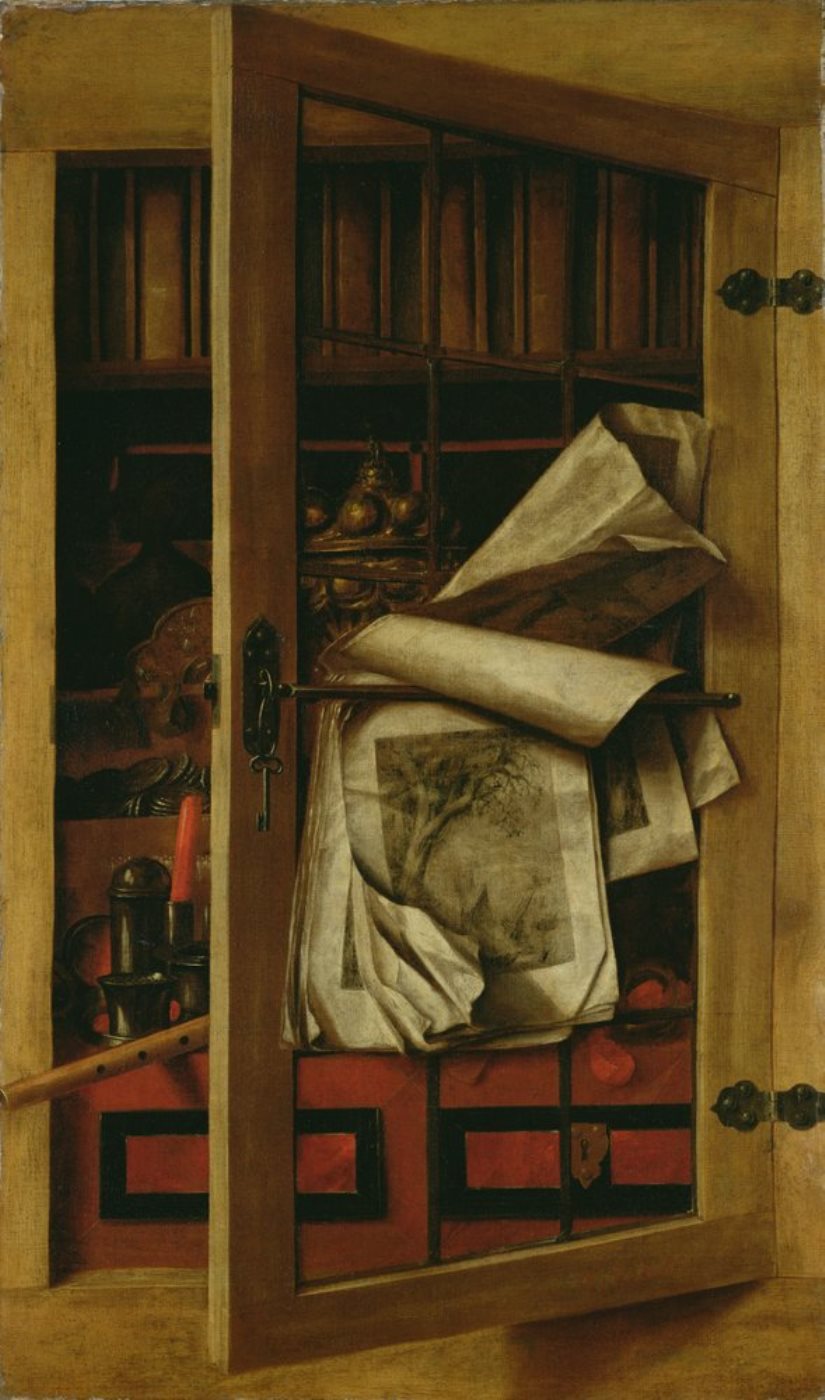
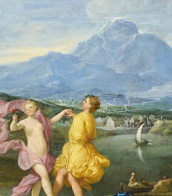
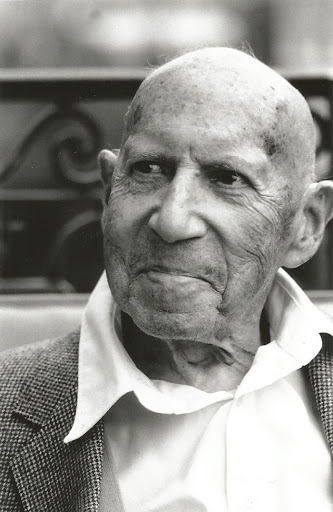
Michel Seuphor, born Fernand Berckelaers in Borgerhout, Belgium, on March 10, 1901, was a seminal figure in the avant-garde art movement, best recognized for his contributions as a Belgian painter, writer, and art critic. Seuphor's adoption of an anagram of Orpheus as his pseudonym underscores his deep connection to the arts, symbolizing a bridge between the world of the living and the artistic underworld. He was pivotal in establishing the literary magazine Het Overzicht in Antwerp in 1921, marking his initial foray into avant-garde circles and showcasing his commitment to fostering artistic innovation.
Seuphor's move to Paris in 1925 signified a major shift in his career, where he became deeply involved with the abstract art movement. His creation of the first abstract drawings between 1926 and 1928, and his collaboration with notable artists like Piet Mondrian, underscored his evolving artistic vision. Seuphor's founding of the Cercle et Carré (Circle and Square) group in 1930 with Joaquín Torres-García was a testament to his leadership and vision in promoting abstract art, drawing members such as Jean Arp and Le Corbusier.
Throughout his life, Seuphor authored pivotal works on abstract painting and sculpture, significantly influencing the documentation and understanding of 20th-century abstract art. His books, including "A Dictionary of Abstract Painting" and "The Sculpture of this Century," remain crucial texts for scholars and enthusiasts alike. Seuphor's legacy extends beyond his writings to include a significant collection of contemporary art, featuring works by artists such as Marcelle Cahn and Victor Vasarely, illustrating his role not just as a theorist and critic but also as a collector and patron of the arts.
For collectors and experts in art and antiques, Seuphor's life and work offer a fascinating glimpse into the development of abstract art in the 20th century. His contributions to the field through his artistic practice, critical writing, and patronage underscore the enduring impact of his vision.
To stay updated on auctions and sales featuring Michel Seuphor's works, sign up for updates. This subscription is your gateway to exploring the profound contributions of Michel Seuphor to the abstract art movement, ensuring you never miss an opportunity to engage with his legacy.
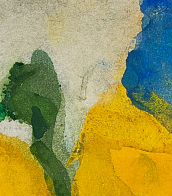

Joan Miró, a celebrated Spanish artist, was a master in painting, sculpture, and ceramics, renowned for his unique style that blurred the lines between Surrealism, Fauvism, and Expressionism. Born in Barcelona to a family of a goldsmith and a watchmaker, Miró grew up immersed in the rich cultural heritage of the Barri Gòtic neighborhood. His artistic journey began with drawing classes at the age of seven and continued at the prestigious La Llotja art academy. Despite an initial venture into the business world, Miró's passion for art prevailed, leading him to abandon his clerical career after a nervous breakdown.
Miró's work is noted for its exploration of the subconscious, often depicting a childlike perspective. This approach was both a critique of traditional painting methods and a means of expressing Catalan pride. His art, challenging to categorize, often featured symbolic elements and nationalistic qualities. One of his notable early works, "The Farm," reflects a transition to a more individual style, blending elements of his Catalan roots with broader artistic influences. This piece, later purchased by Ernest Hemingway, encapsulated the essence of Spain in its imagery.
In Paris, Miró joined the Surrealist movement in 1924, where his work began to reflect the influence of automatism, emphasizing spontaneous, automatic, or subconscious creation. He experimented with various mediums, including painting-poetry and collage, and even ventured into set and costume design for Sergei Diaghilev's Ballets Russes.
During World War II, Miró remained in Spain, and his work from this period, including the 22 Constellations series, reflected an interest in the night, music, and stars. His forms became increasingly abstracted, and he experimented with various techniques, often incorporating primary colors and evocative titles.
Miró's career spanned several decades, during which he continually evolved his style and explored new mediums. His contributions to art were recognized with numerous awards and retrospectives, including a major career retrospective at MoMA in 1941 and the Spanish Gold Medal for Fine Arts in 1980. Among his last major works was a tapestry for the World Trade Center in New York City, created in 1974.
For art collectors and enthusiasts, Joan Miró remains a figure of immense interest, not only for his distinct style and contributions to Surrealism but also for his ability to blend poetic imagery with political commentary. To stay updated on new product sales and auction events related to Joan Miró, sign up for our updates and immerse yourself in the world of this extraordinary artist.
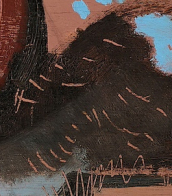

Joan Miró, a celebrated Spanish artist, was a master in painting, sculpture, and ceramics, renowned for his unique style that blurred the lines between Surrealism, Fauvism, and Expressionism. Born in Barcelona to a family of a goldsmith and a watchmaker, Miró grew up immersed in the rich cultural heritage of the Barri Gòtic neighborhood. His artistic journey began with drawing classes at the age of seven and continued at the prestigious La Llotja art academy. Despite an initial venture into the business world, Miró's passion for art prevailed, leading him to abandon his clerical career after a nervous breakdown.
Miró's work is noted for its exploration of the subconscious, often depicting a childlike perspective. This approach was both a critique of traditional painting methods and a means of expressing Catalan pride. His art, challenging to categorize, often featured symbolic elements and nationalistic qualities. One of his notable early works, "The Farm," reflects a transition to a more individual style, blending elements of his Catalan roots with broader artistic influences. This piece, later purchased by Ernest Hemingway, encapsulated the essence of Spain in its imagery.
In Paris, Miró joined the Surrealist movement in 1924, where his work began to reflect the influence of automatism, emphasizing spontaneous, automatic, or subconscious creation. He experimented with various mediums, including painting-poetry and collage, and even ventured into set and costume design for Sergei Diaghilev's Ballets Russes.
During World War II, Miró remained in Spain, and his work from this period, including the 22 Constellations series, reflected an interest in the night, music, and stars. His forms became increasingly abstracted, and he experimented with various techniques, often incorporating primary colors and evocative titles.
Miró's career spanned several decades, during which he continually evolved his style and explored new mediums. His contributions to art were recognized with numerous awards and retrospectives, including a major career retrospective at MoMA in 1941 and the Spanish Gold Medal for Fine Arts in 1980. Among his last major works was a tapestry for the World Trade Center in New York City, created in 1974.
For art collectors and enthusiasts, Joan Miró remains a figure of immense interest, not only for his distinct style and contributions to Surrealism but also for his ability to blend poetic imagery with political commentary. To stay updated on new product sales and auction events related to Joan Miró, sign up for our updates and immerse yourself in the world of this extraordinary artist.
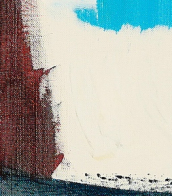
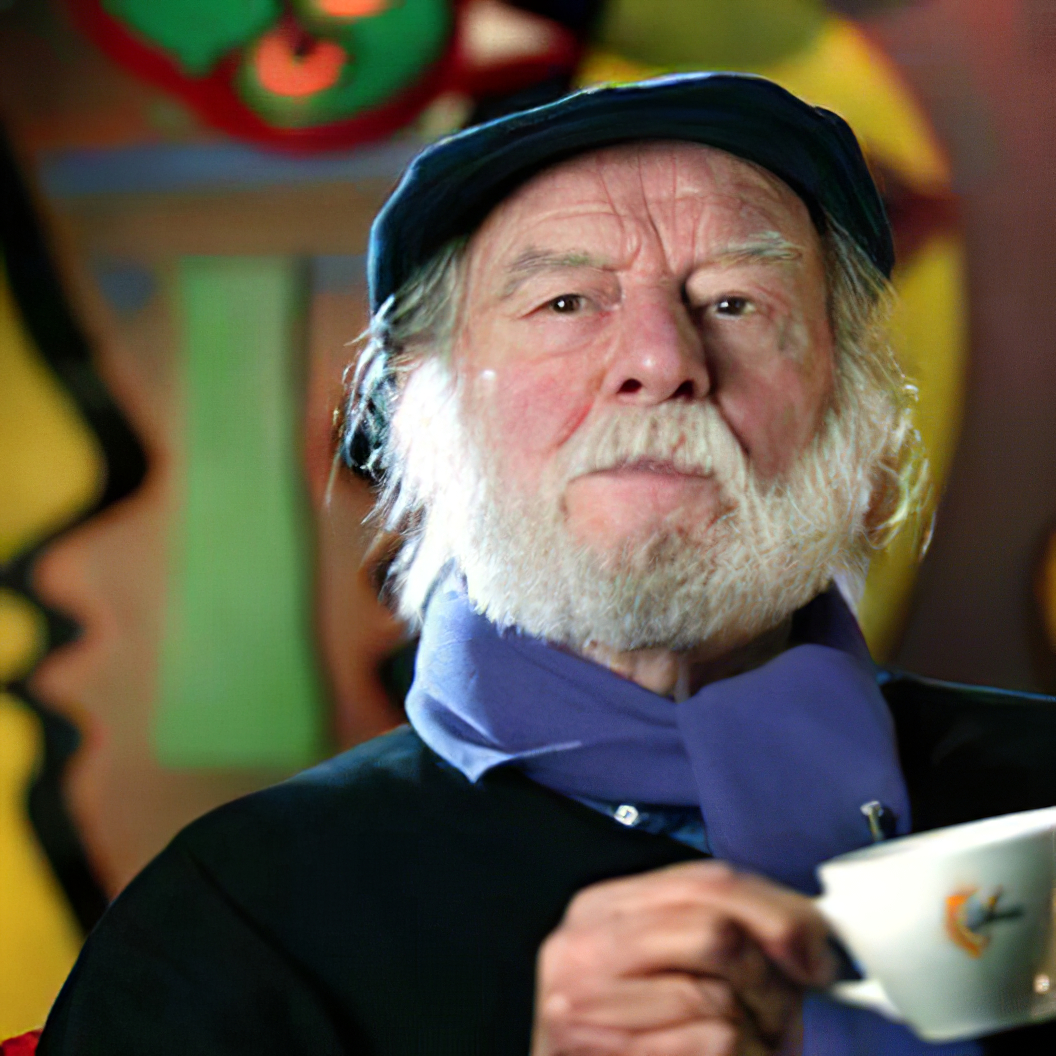
Corneille, born Cornelis Guillaume van Beverloo, was a Dutch painter, graphic artist, sculptor and photographer.
Corneille was one of the founders of the REFLEX movement and the COBRA group.
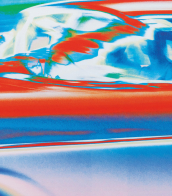
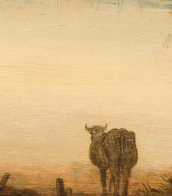
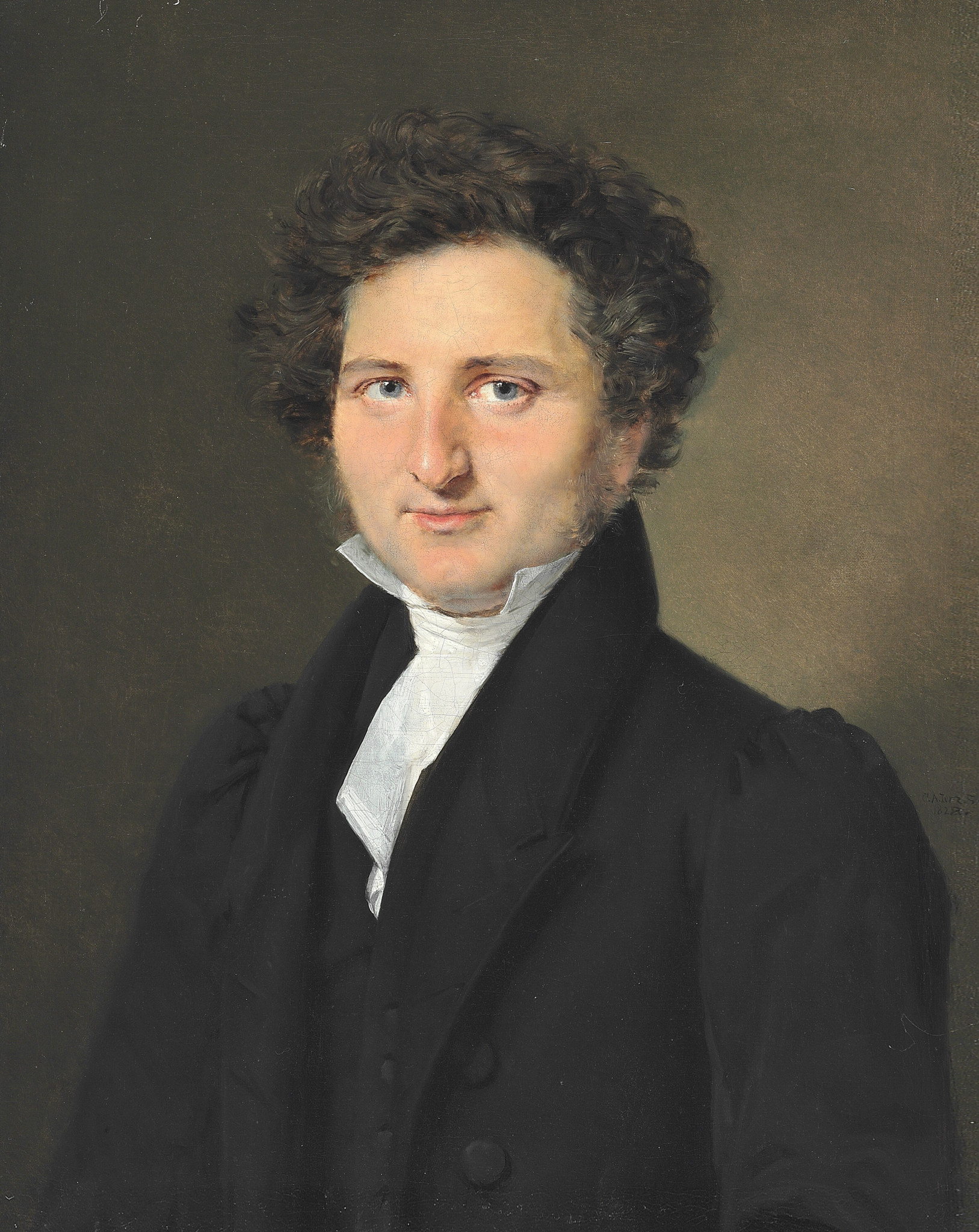
Johan Laurentz Jensen was a Danish artist who specialized in flower painting.
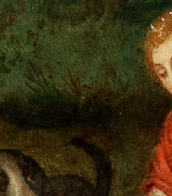

Johan Laurentz Jensen was a Danish artist who specialized in flower painting.

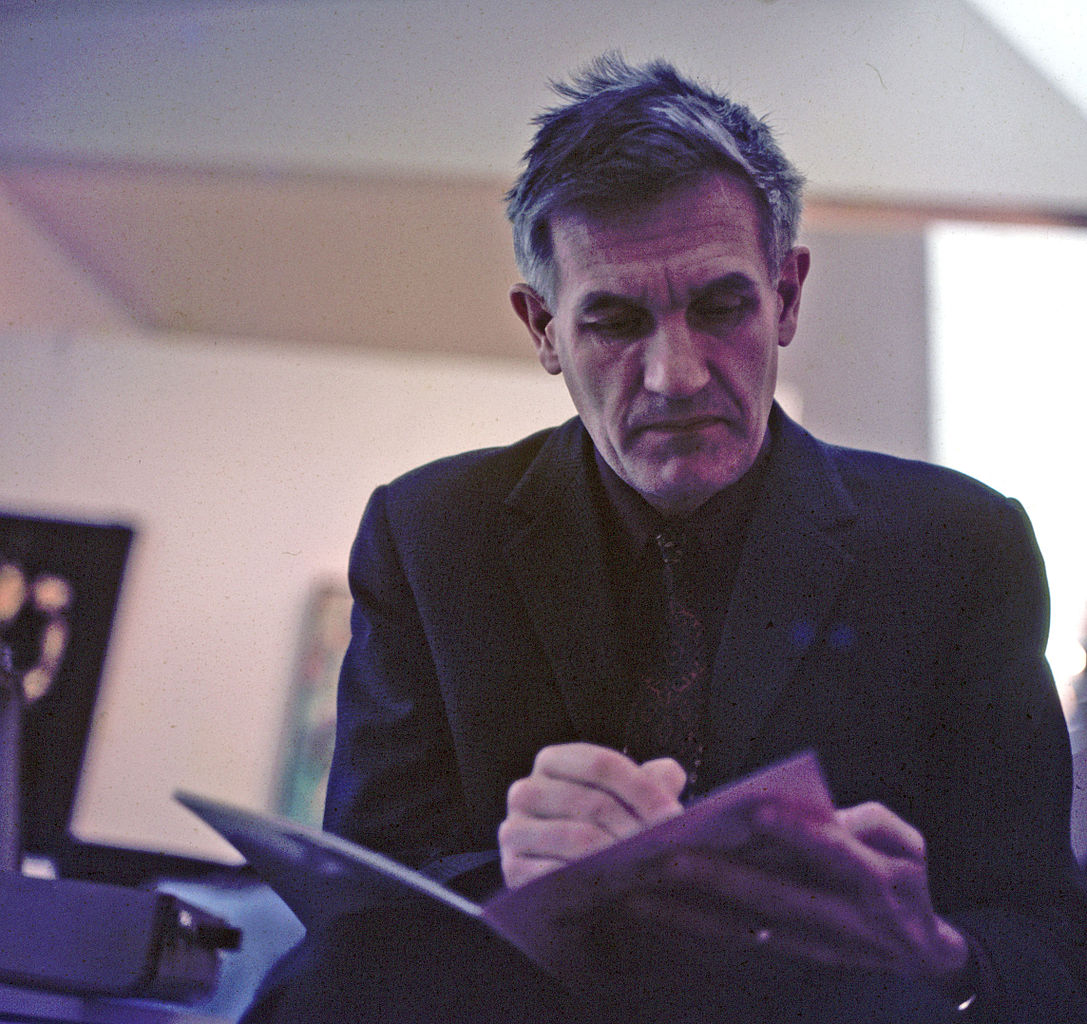
Bernard Schultze was a German painter who co-founded the Quadriga group of artists along with Karl Otto Götz and two other artists.
